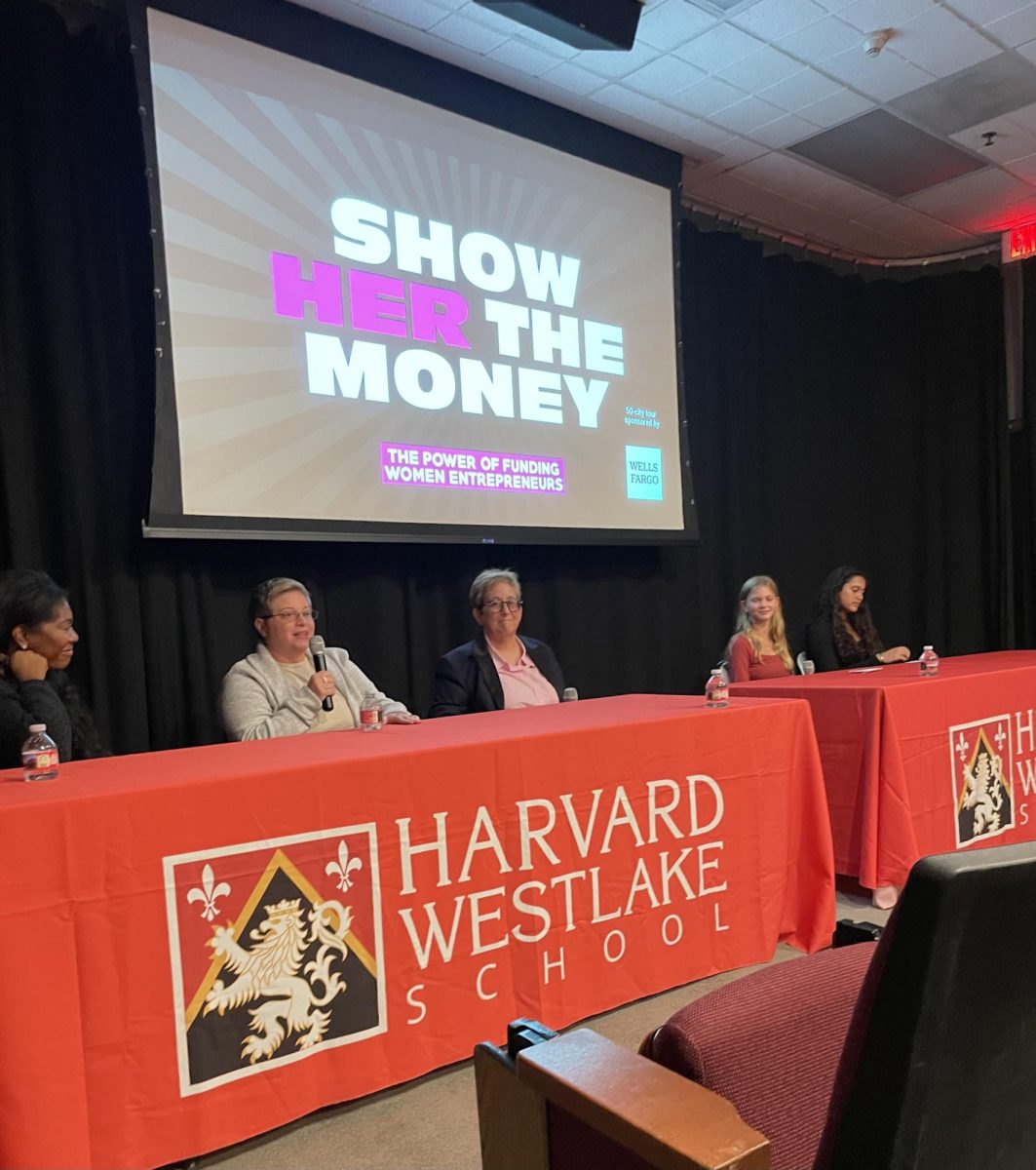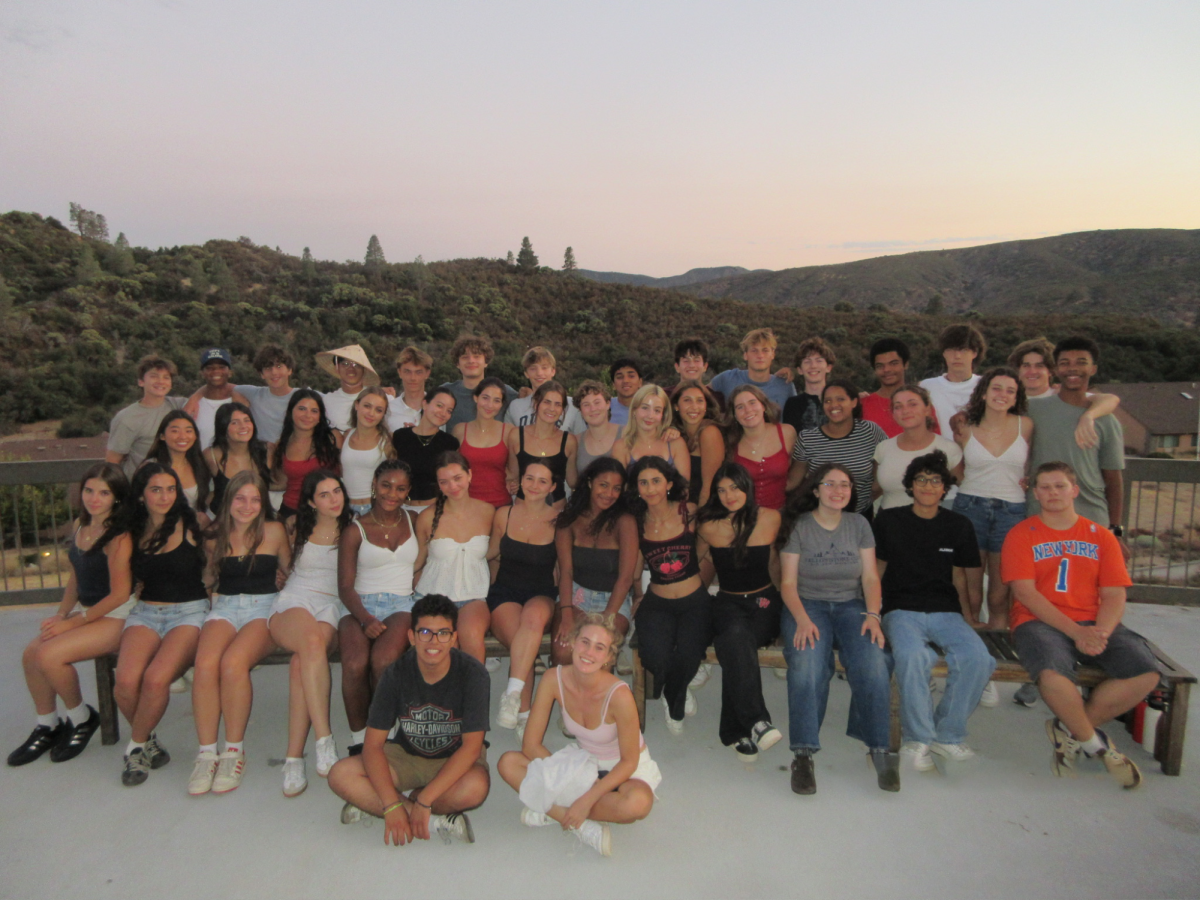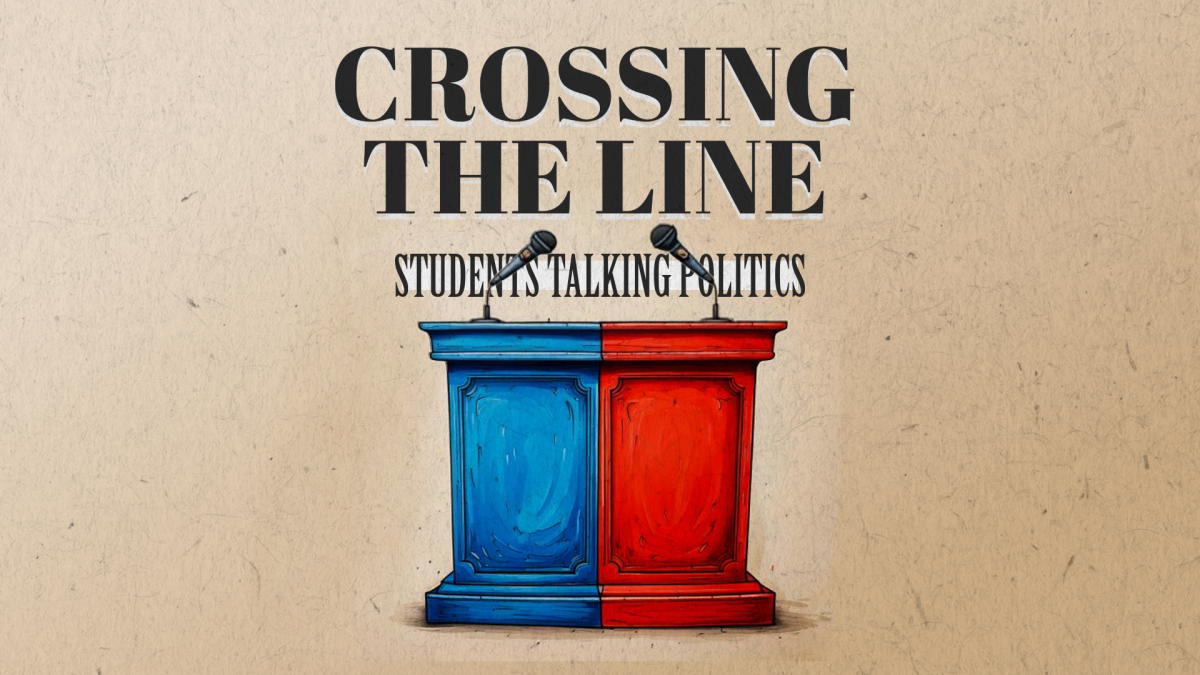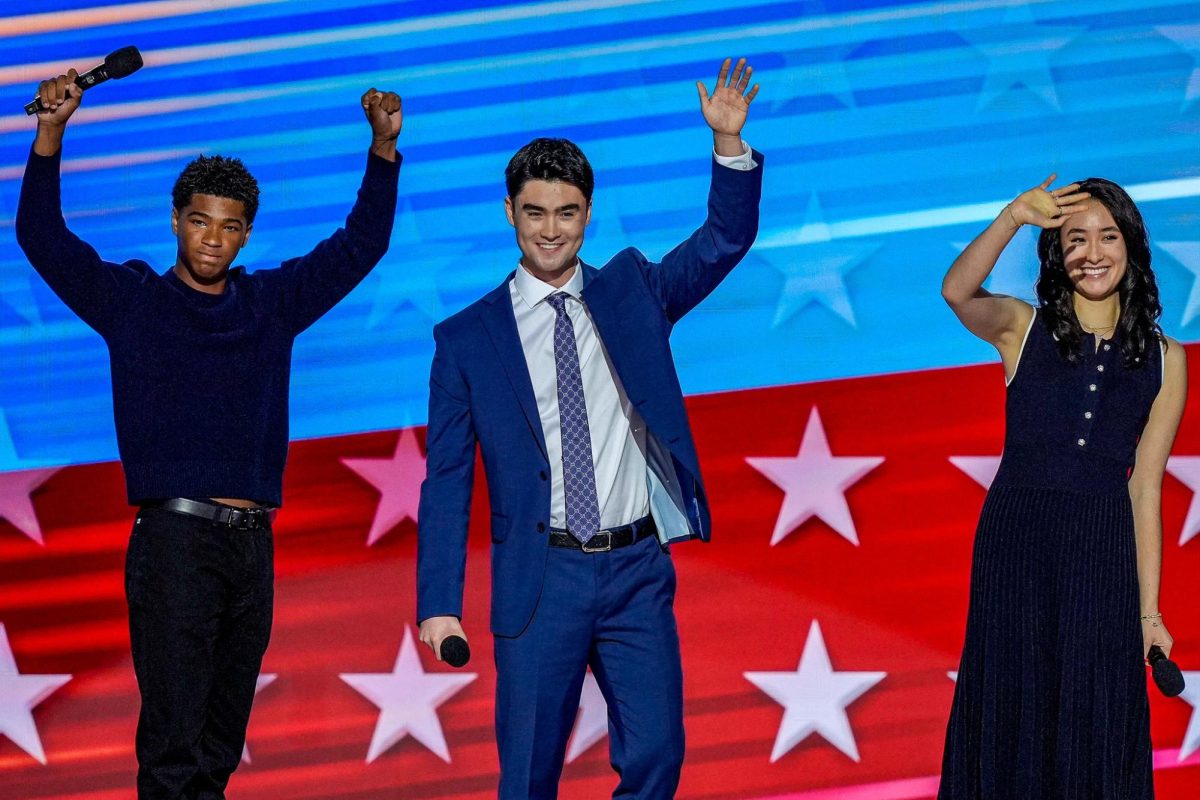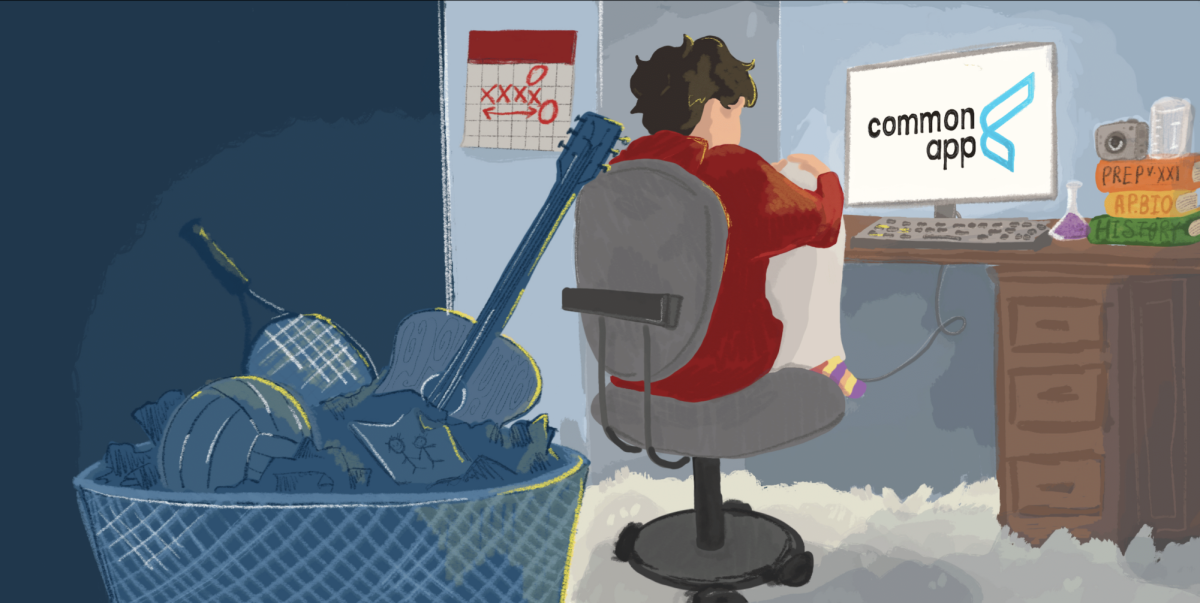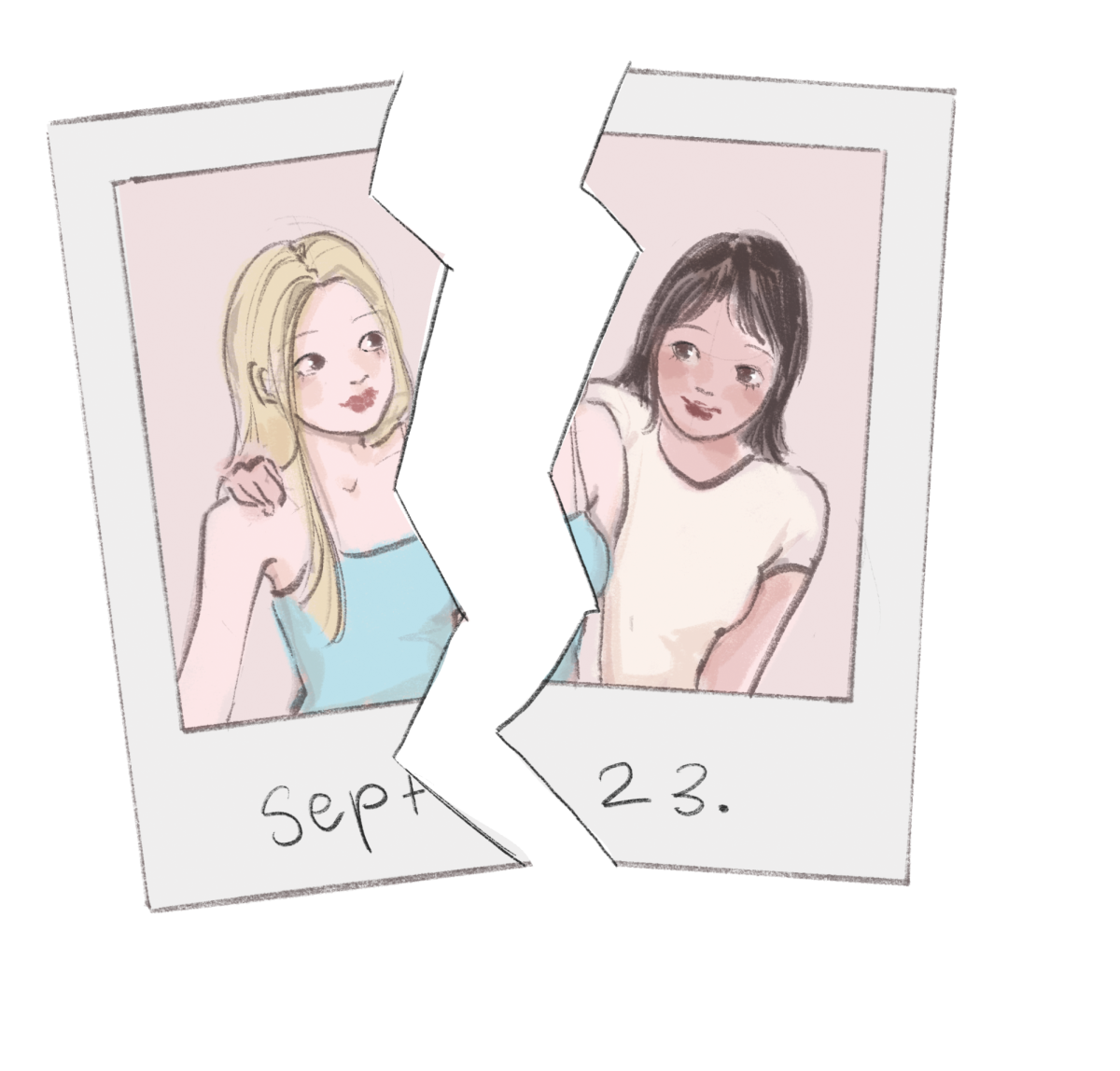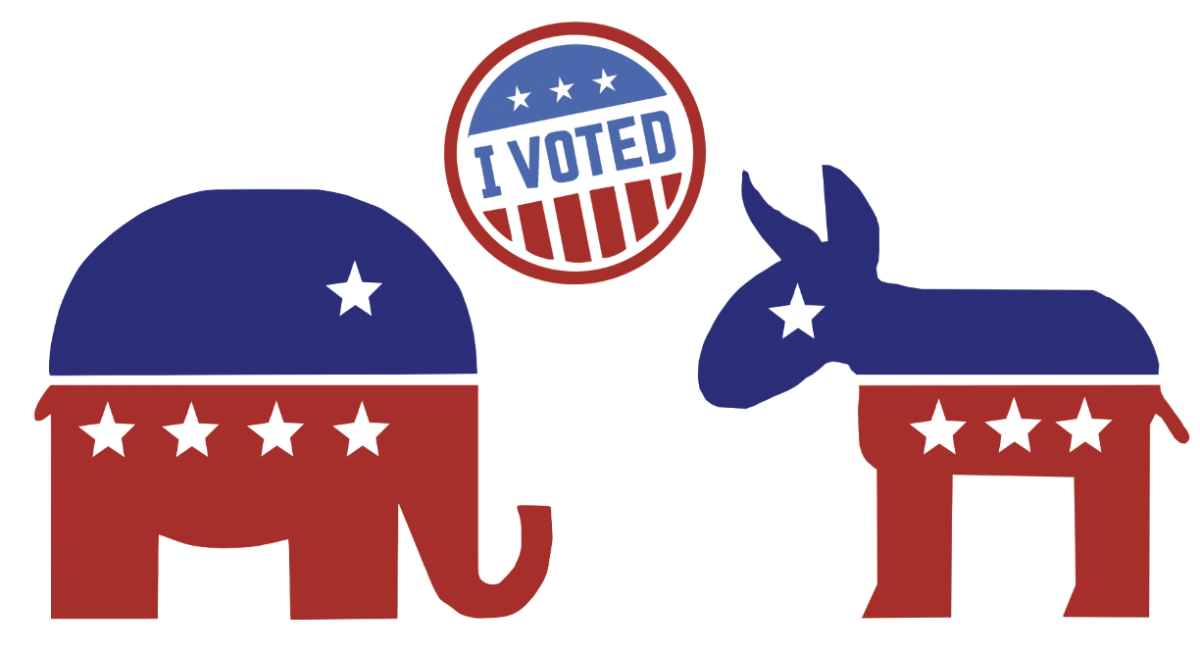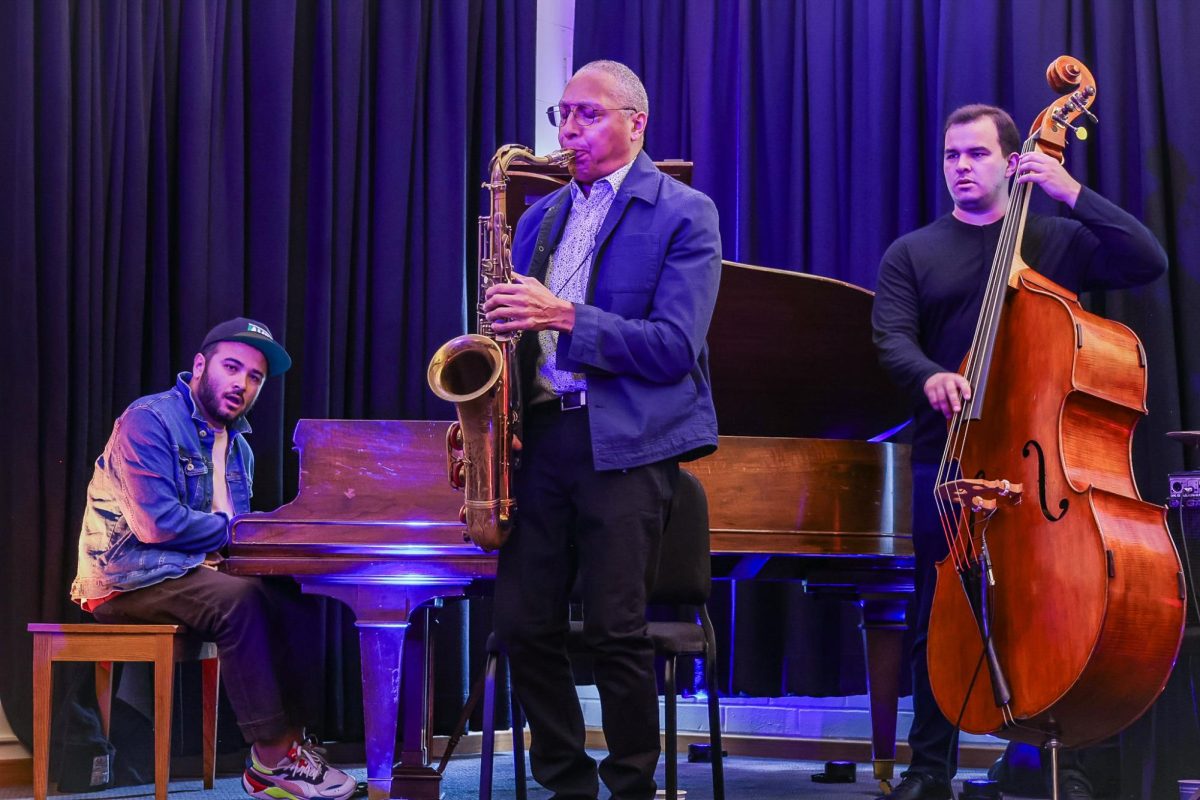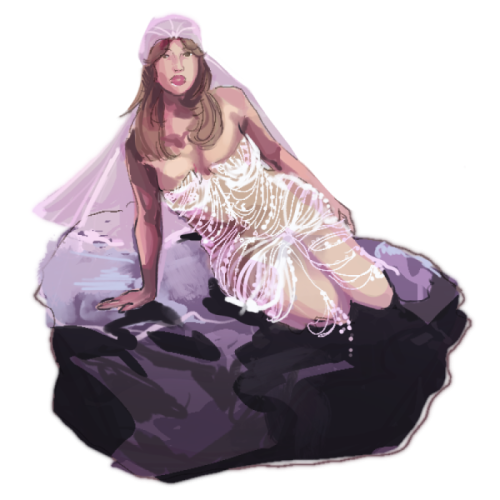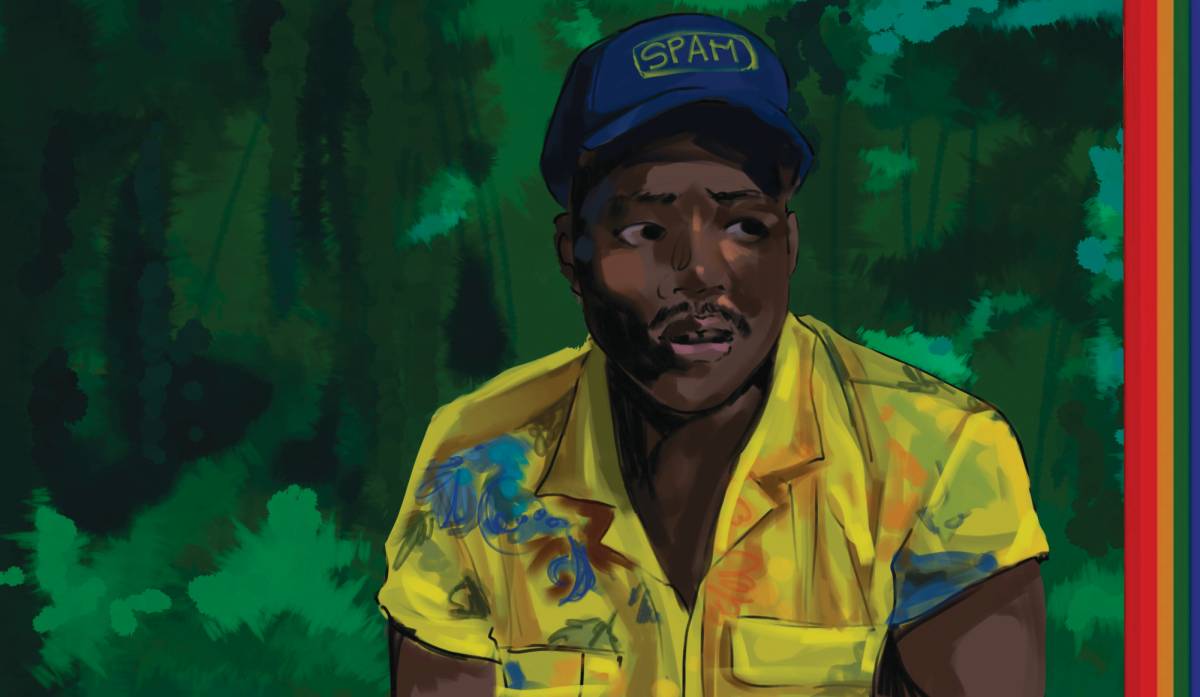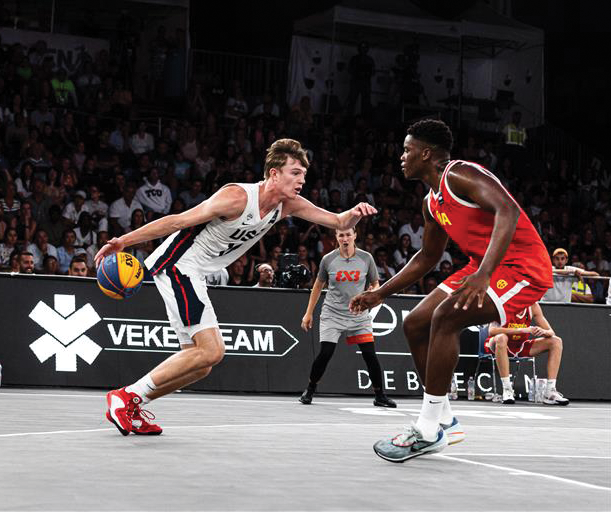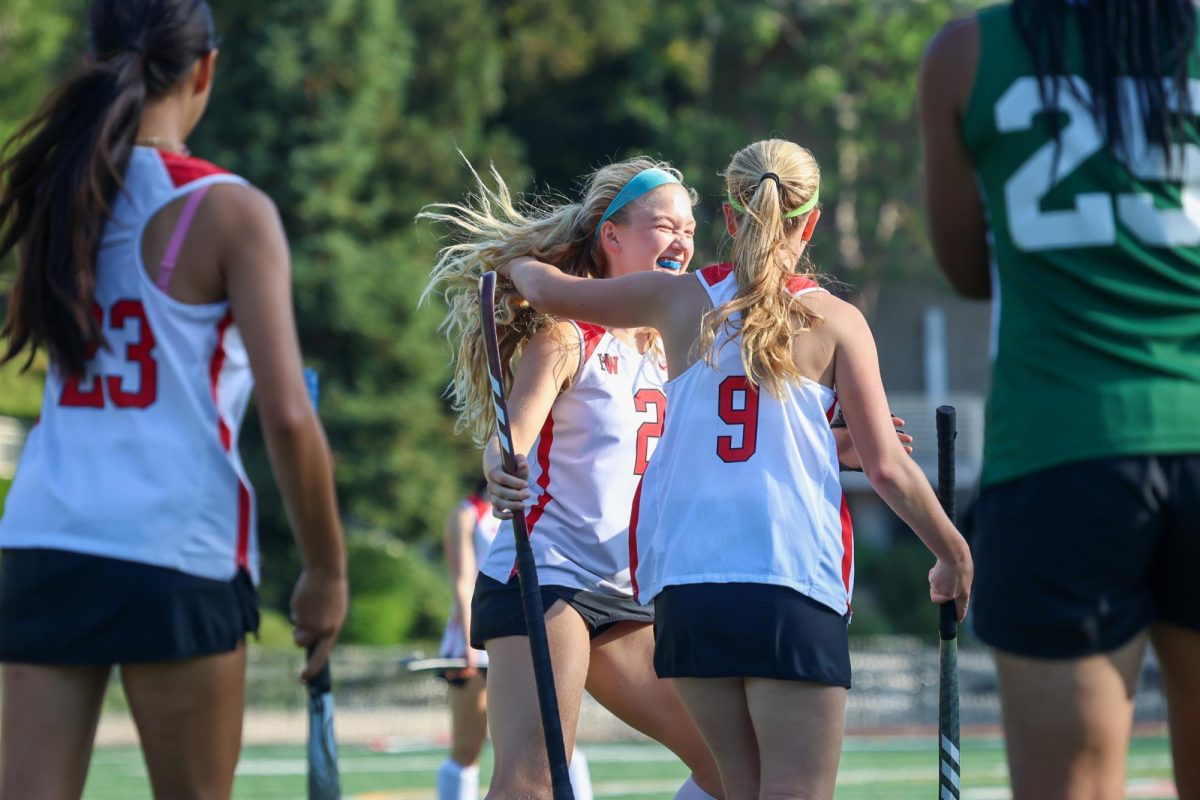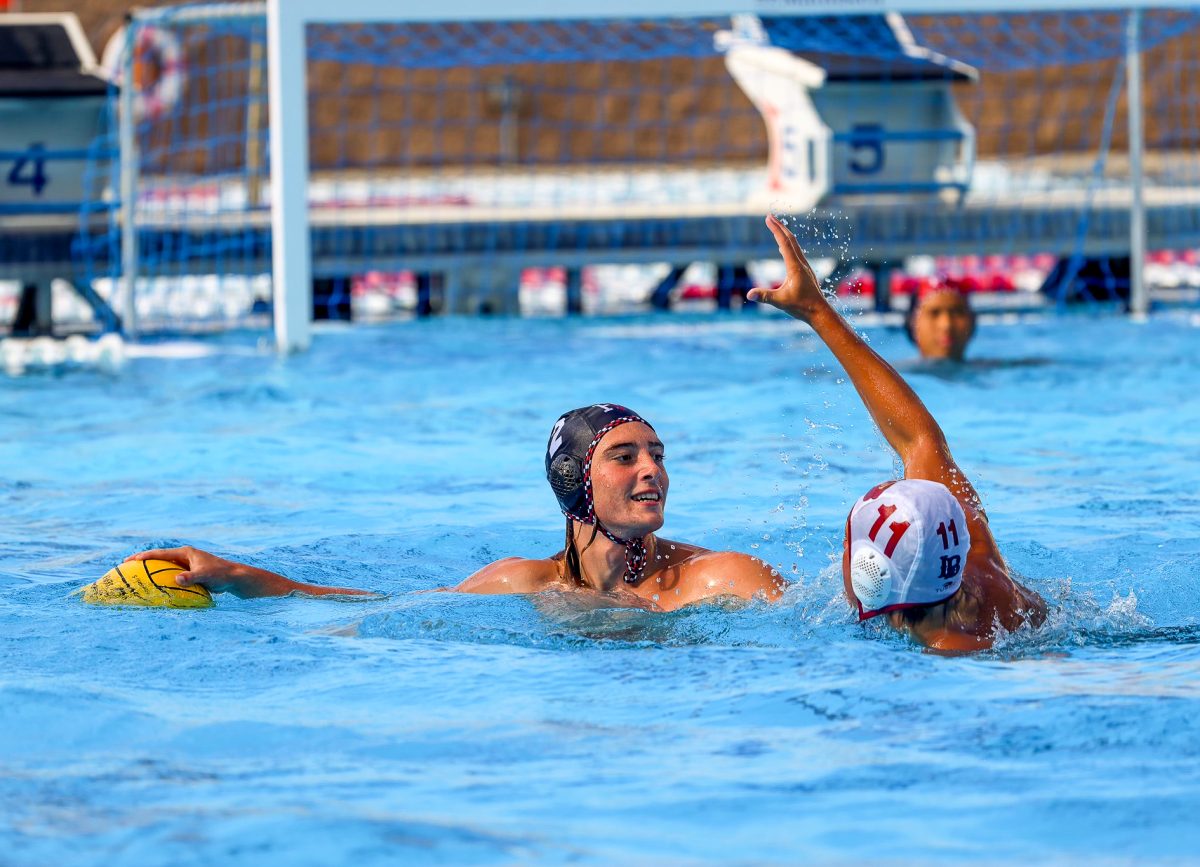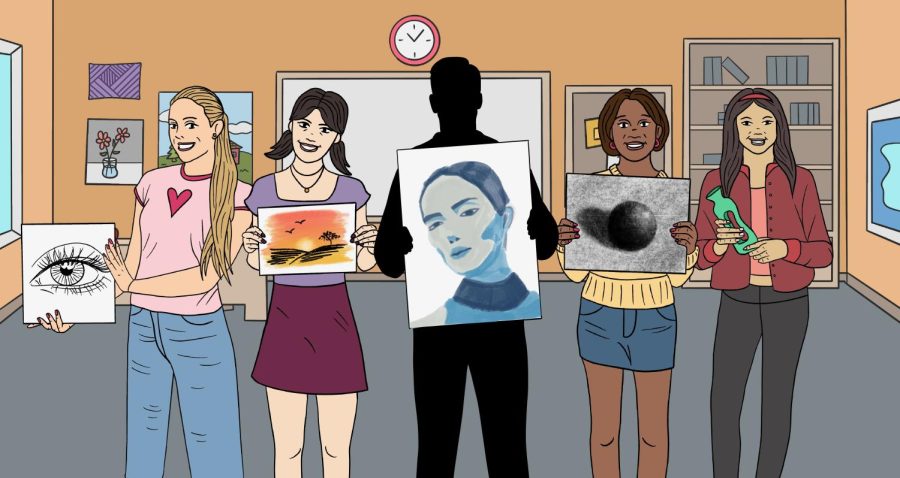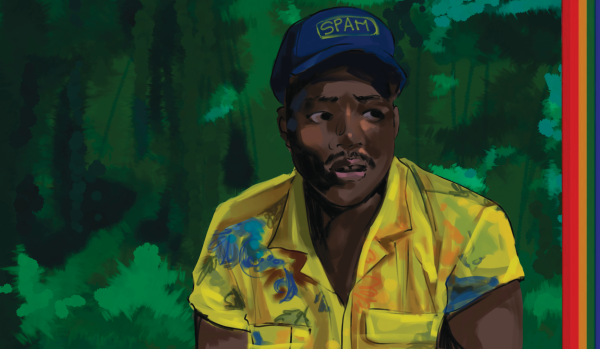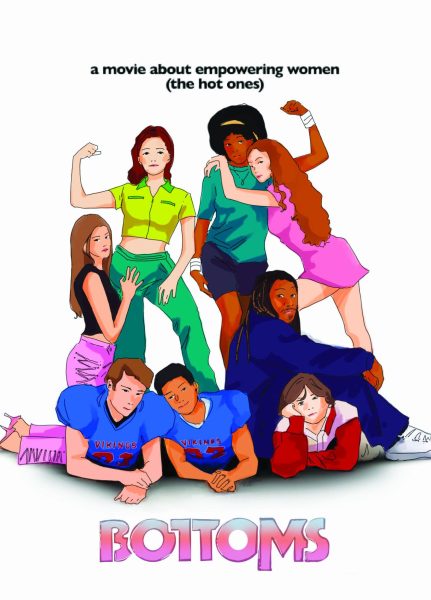An Imbalanced Composition
Students and teachers discuss the gender imbalances present in art classes at the school compare to the professional field.
Stepping into his Drawing and Painting II class on the first day of school, Michael Schneider ’24 said he was elated to be back in the classroom, eager to create meaningful art. But, as he greeted his classmates and reconnected with friends, Schneider said he could not help but notice the lack of male students in the class. Schneider said though the art classes at the school often exhibit large numbers of female students, the gender imbalance in the classroom caught him off-guard.
“When I told other students that I was going to enroll in Drawing and Painting II, they told me that I was going to be the single male student in the class,” Schneider said. “When I walked into the classroom on the first day of school, I recognized that they were right. I was aware that art classes are often dominated by female students, but seeing it for myself was interesting.”
Schneider said the lack of male students in the class is noticeable, though it does not bother him.
“I do not care that I am the single male student in the class because so much of the art world tends to be male-dominated,” Schneider said. “It makes me glad, if anything, to see female students be represented in art classes, even if that means I might be one of the few male students in the class. Still, the apparent lack of male students is hard to miss given that there are so [few] male students in the class.”
Upper School Visual Arts Teacher Conor Thompson said most of the students that are enrolled in his Drawing and Painting classes are female.
“I teach Drawing and Painting levels one, two and honors, and on average, four-fifths of the students in the classes are female, and the remaining one-fifth is male,” Conor Thompson said. “This year, out of 68 total students, 11 of them are male.”
Muskaan Schievink ’24 said the gender imbalance in her Drawing and Painting II class is unique to art classes at the school.
“There are 10 girls and four male students in the class that I take,” Schievink said. “The class itself feels different from other classes that I take at school because the ratio of female to male students is much larger. All the students get along, but sometimes, it feels like people judge art classes because of the gender imbalance.”
Jayden Huang ’23 echoed a similar sentiment. Huang said that he has recognized an abundance of female students across a number of art classes.
“I have taken six arts classes at the school, [including] Drawing and Painting II, the Actor and the Stage, Drawing and Painting III, Basics in Costume Design, Senior Art Seminar: Drawing and Painting and Basics in Sewing,” Huang said. “Drawing and Painting II had one male student. The Actor and the Stage had none. Drawing and Painting III and Senior Seminar: Drawing and Painting have one male student. Basics in Sewing and Costume Design have zero male students.”
Conor Thompson said this gender imbalance can be attributed to the expectations students face from those around them.
“Though I am not sure as to the reason behind this disparity, my instinct is that it is cultural, relating to factors such as the expectations of families and peers,” Conor Thompson said. “I went to a much smaller high school than Harvard-Westlake where there was a strong focus on the arts. There, our classes were much more balanced in terms of gender. Harvard-Westlake places a strong value on the arts, but there are other factors to consider as well, including those from other channels that are separate from the school walls.”
Schievink said the large female presence in art classes can lead to inaccurate ideas about the value of art.
“It seems that sometimes, art is perceived as disposable or not challenging because the art classes at the school themselves tend to be female-dominated,” Schievink said. “When students tell people, even their deans, for example, that they do not plan on creating an AP art portfolio because of the time constraints, they are looked down upon because others do not understand how time-consuming art can be and that students put a tremendous amount of time and effort into their art.”
Though most of the art classes at the school are dominated by female students, some, including Honors Senior Seminar: Video Art, feature a rather equal number of female and male students. Upper School Visual Arts Teacher and DEI Coordinator Reb Limerick said this gender imbalance is less apparent in their Honors Senior Seminar: Video Art class.
“All [of] the other [media] have more girls than boys whereas video art is more balanced,” Limerick said. “Of the 17 students enrolled in Honors Senior Seminar: Video Art, eight are female, and nine are male.”
This does not mean, however, that the gender distribution of students is equal within specific class periods. Max Thompson ’23 said most of the students in his Honors Senior Seminar: Video Art class are male.
“There is a significant imbalance in my section,” Max Thompson said. “There are three girls in the class, and the other six students, including myself, are male.”
Other classes, including those that specialize in three-dimensional art, tend to be more balanced as well. Hugh Hamshen ’25 said he has failed to find a gender imbalance in his Three-Dimensional Art: Ceramics and Sculpture class.
“I have heard that art classes tend to be female-dominated but in the ceramics class that I take, there is an equal ratio of male to female students,” Hamshen said. “None of the art classes that I have taken have had more of one gender, and I have taken ceramics before as well.”
Huang said certain classes tend to be more popular among male students because of how these classes are perceived in the broader world.
“Most male students tend to take [courses in] sculpture, photography or video art [rather than] drawing and painting because drawing and painting is not considered masculine,” Huang said. “It is not the coolest skill to have in the male world.”
Hamshen said the large number of male students in courses like ceramics can be linked to the difficulties present in classes that involve drawing and painting.
“Ceramics feel more intuitive and less technical than other forms of art, including drawing and painting,” Hamshen said. “Ceramics and film seem easier to get through than drawing as well, and it is less obvious when a product is bad.”
The gender imbalance represented in art classes at the school, however, is not reflected in the professional world. 88 percent of the artists in major museums in the United States are male, according to The Guardian. Huang said though art classes at the school tend to be female-dominated, the professional world tends to be much different, often because women are discouraged from pursuing art as a career.
“Throughout time, men have been accepted into art spaces and museums while women are denied these opportunities,” Huang said. “Women are often told that their art should remain hobbies rather than become a job. The same thing happens with other careers. Cooking is seen as a feminine act, but in the professional world, most chefs are men.”
Ofek Levy ’23 said the importance of networking can be linked to the lack of female artists in the professional world as well.
“A lot of the professional world is about connections,” Levy said. “In industries like these, it is harder for women to rise in their fields because artists have to look toward other people to have faith in their work. Because the societal norm is that men tend to be more successful in these fields, these important connections are less trusting of women and less inclined to support them, whether that be putting their work in art galleries or purchasing their paintings.”
According to the New York Times, the sale of female artwork comprises just two percent of the total market share. Five artists, in particular — Yayoi Kusama, Joan Mitchell, Louise Bourgeois, Georgia O’Keefe and Agnes Martin — make up 41 percent of this share.
Schievink said the lack of female artists in the professional world is frustrating given the number of talented female artists who exist.
“It is upsetting that because the professional world is male-dominated, women are often not given the recognition they deserve,” Schievink said. “There are an innumerable number of female artists in the world that deserve a place in famous museums and art galleries, even more than some male artists, and to see that these artists are not receiving this recognition is saddening. I think artists should be given an equal chance to present their work to the public, no matter their gender.”

